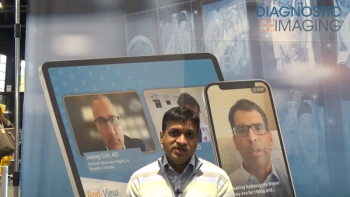
Radiology NORrad goes on alert in Canada
Nine hospitals in the far northern reaches of Ontario are installing state-of-the-art digital imaging technology that will give residents of the remote Cochrane region local access to speedy radiological diagnoses. The trip south to urban medical centers
Nine hospitals in the far northern reaches of Ontario are installing state-of-the-art digital imaging technology that will give residents of the remote Cochrane region local access to speedy radiological diagnoses. The trip south to urban medical centers takes up to five hours.
Sponsored by the Canada Health Infostructure Partnerships Program, the project launched earlier this year - called NORrad for Northern radiology - will use local area networks to transmit x-ray images and reports between referring physicians, radiologists, and emergency staff within each hospital.
A high-speed, fiber-optic wide area network will connect the nine independent hospitals in a strategic alliance, facilitating image analysis and consultation among medical professionals. Images and reports can also be transmitted to authorized users over the Internet.
The NORrad technology will also permit the integration of imaging data with electronic patient records and can be adapted to other applications, such as MRI and laboratory medicine.
The nine medical centers participating in the NORrad network are scattered over an area of 150,000 square kilometers, reaching as far north as Moose Factory on James Bay. Other hospitals are located in Hearst, Kapuskasing, Kirkland Lake, Cochrane, Iroquois Falls, Matheson, and Smooth Rock Falls.
Both of the two radiologists serving the Cochran territory of 100,000 persons are based up to 800 km south at the Timmons and District Hospital in Timmons.
The $10 million NORrad project is the result of four years of planning and fundraising, with money supplied by the federal and provincial governments. Each of the nine participating hospitals received an Agfa IMPAX medical imaging system, as well as computed radiography technology for automatically converting x-ray images to digital format.
Anticipating the need to accommodate the medical community and its plans for sending and receiving large diagnostic imaging files over the vast distances of Northern Ontario, Northern Telephone upgraded its phone lines in the region to include high-capacity ATM capabilities. Without high-speed lines, a PACS can grind to crawl when trying to process imaging files.
Newsletter
Stay at the forefront of radiology with the Diagnostic Imaging newsletter, delivering the latest news, clinical insights, and imaging advancements for today’s radiologists.



























